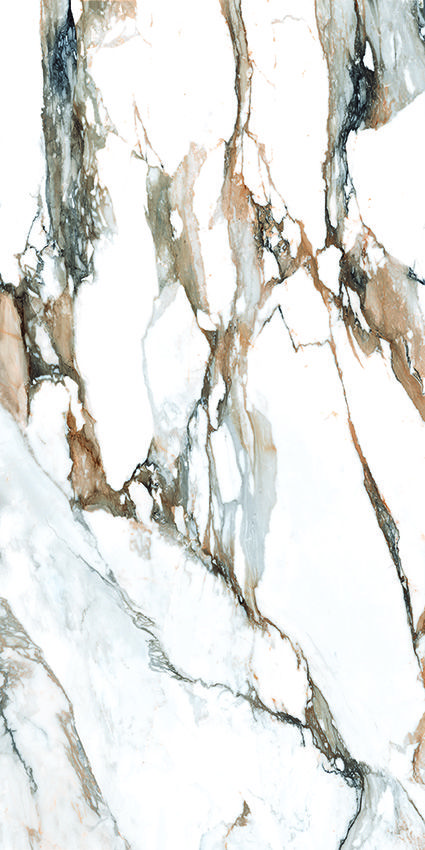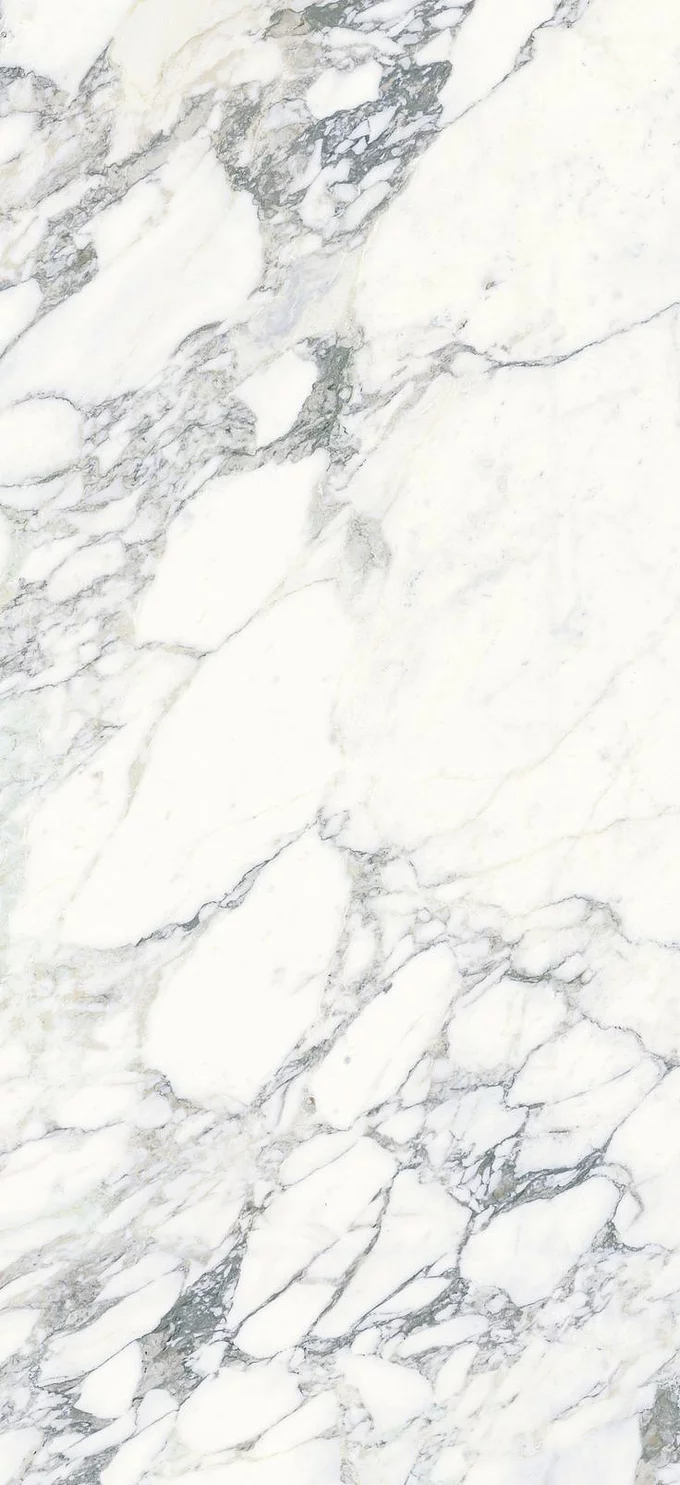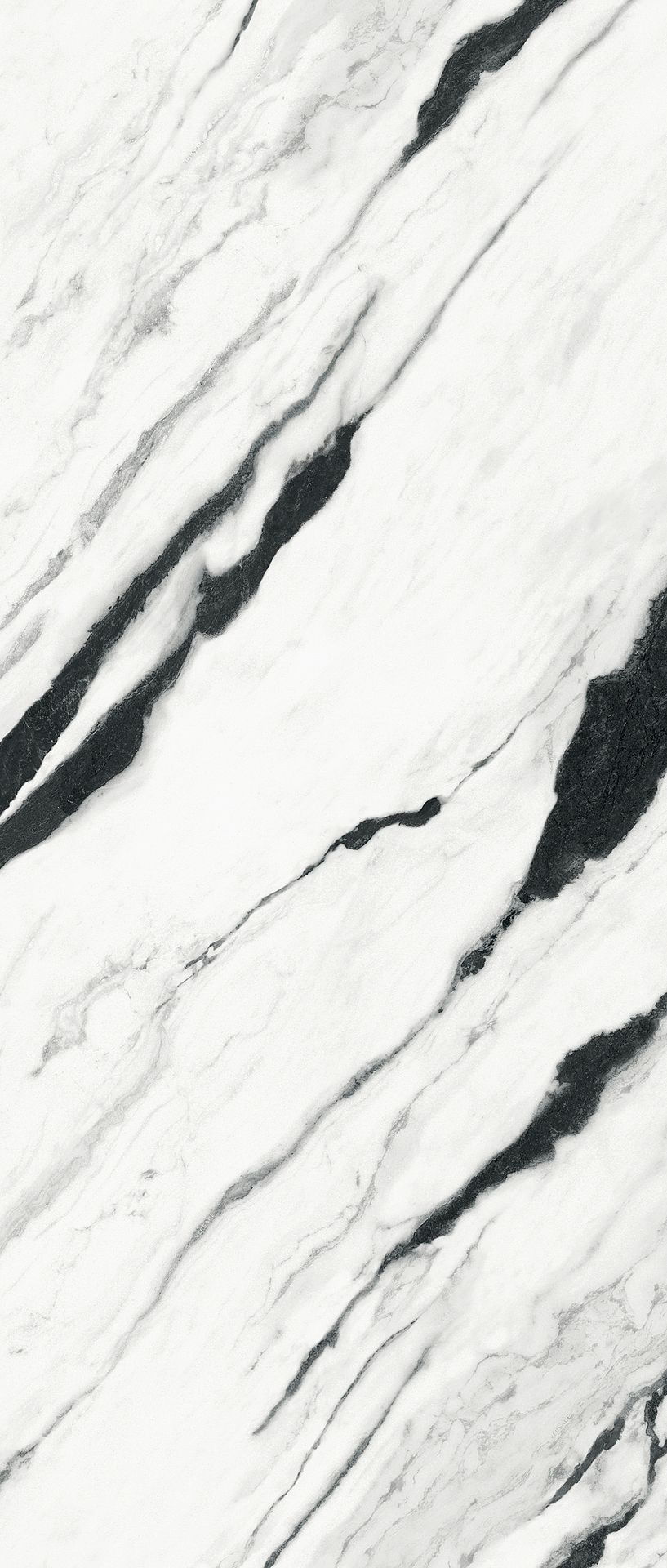IN IRIS DESIGN YOU CAN VIEW
Marble, a metamorphic rock derived from limestone or dolomite, is renowned for its elegance, durability, and versatility. Each type of marble is characterized by its unique pattern, color, and texture, which are often influenced by the minerals and impurities present during its formation. Here's a brief introduction to some common marble names and a science-based overview of marble stone.
Common Marble Names
-
Carrara Marble:
- Origin: Italy (Tuscany region)
- Characteristics: Known for its pure white color and subtle gray or blue veins. It's widely used in sculptures and high-end architectural projects.
-
Calacatta Marble:
- Origin: Italy (Carrara and Apuan Alps)
- Characteristics: Featuring a striking white background with bold, dramatic veins of gold, gray, or black. It's highly valued for its luxurious appearance.
-
Statuary Marble:
- Origin: Various locations, including Greece and Italy
- Characteristics: Often used interchangeably with Carrara marble, it's a fine-grained, white marble suitable for sculpting and monumental work.
-
Breccia Marmora:
- Origin: Italy (Apuan Alps)
- Characteristics: Characterized by its distinctive, swirling patterns and colors, often including shades of red, green, and black. It's ideal for unique and artistic applications.
-
Travertine Marble:
- Origin: Turkey, Italy, and other regions with volcanic activity
- Characteristics: A porous, limestone-based marble with a distinctive, holey texture. It's often used in flooring and outdoor applications due to its weather-resistant properties.
-
Onyx Marble:
- Origin: Various locations worldwide
- Characteristics: Known for its translucent quality and vibrant colors, often featuring bands or layers of different shades. It's commonly used in decorative elements like backsplashes and countertops.
Science of Marble Stone
Formation:
Marble is formed through metamorphism, a process where rocks are subjected to high temperatures and pressures, often due to tectonic plate activity or volcanic activity. Limestone or dolomite, which are sedimentary rocks composed of calcium carbonate, undergo this transformation to become marble.
Composition:
The primary component of marble is calcium carbonate (CaCO3), with varying amounts of other minerals such as magnesium carbonate, silica, and iron oxides. These additional minerals contribute to the unique colors and patterns found in different types of marble.
Properties:
- Hardness: Marble is relatively soft, with a hardness rating of 3 on the Mohs scale of mineral hardness. This makes it susceptible to scratching and etching.
- Durability: Despite its softness, marble is highly durable and can withstand heavy use when properly maintained.
- Porosity: Marble is porous, meaning it can absorb liquids and stains. Sealing is often recommended to protect the surface.
- Heat Resistance: Marble is heat-resistant, making it suitable for use in fireplaces and kitchen countertops. However, direct exposure to high temperatures can cause discoloration or cracking.
Maintenance:
To keep marble in good condition, regular cleaning with mild, pH-neutral cleaners and sealing with a high-quality sealer are recommended. Avoid using acidic or abrasive cleaners, as they can damage the surface.
In summary, marble is a beautiful and versatile natural stone that comes in a variety of names and types, each with its own unique characteristics. Understanding the science behind marble's formation, composition, and properties can help you make informed decisions about its use and maintenance in your home or project.
marble stones
marble stones for massage
marble stones for vase
marble stones for landscaping
marble stones for plants
marble stoneware dinnerware set
marble stone bathroom accessories
marble water absorbent stone tray
akfix 710 stone and marble fast adhesive
marble stone
marble stone bath mat
glue for marble stone repair
marble stoneware bowl
marble stone cleaner
marble stone cutting board
clr stone marble and granite cleaner
marble stone top c shaped table
marble eggs stone



